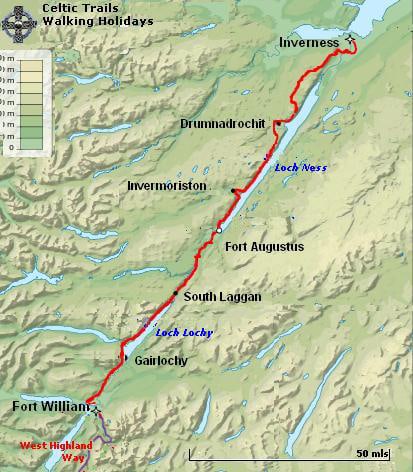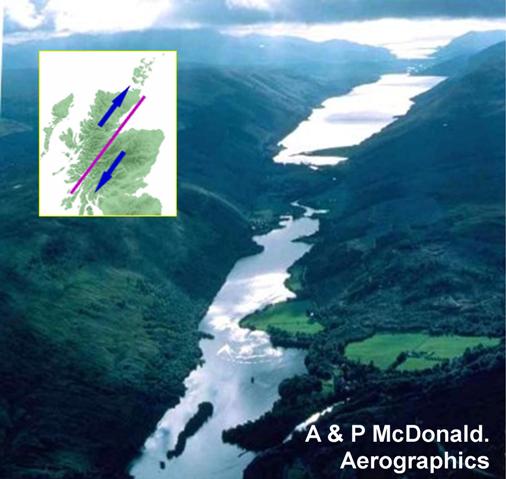Yesterday was giving Tuesday, and Worth A Dam received another donation from Jeanette Johnson’s PGE grant, which was awesome. Also in addition to listing various hospice, housing and rescue charities, beavers were mentioned in the fine article describing all the local charities you can donate too in the upper parts of the state.
North State Giving Tuesday profiles: Know your local nonprofits for Giving Tuesday
Giving Tuesday is an opportunity for locals to show their support for the nonprofits in their area, and this year’s event is happening on Nov. 29.
Today, the Siskiyou Daily News is running descriptions of Siskiyou County’s nonprofits in their own words so you know what they are all about. Giving Tuesday profiles also ran in the Friday edition of the Daily News.
Originally established in 1992, the Scott River Watershed Council became a nonprofit in 2011. We cooperatively seek solutions to enhance local resources and facilitate community collaboration on watershed issues.
SRWC provides leadership to support science-based restoration in Scott Valley. SRWC brings research, education and discussion on natural resource issues to the community, and implements restoration projects based on community and ecosystem needs.
“Where there are beavers, there is water,” says a local rancher. Water has never been more important. Using beavers and Beaver Dam Analogues (BDA) are some of the innovative restoration techniques that Scott River Watershed Council have been utilizing to try and bridge the competing needs for water of wildlife, fish and humans.
California’s first BDAs went in 2014 and ever since then, the interest in this type of restoration tool has been fierce. SRWC needs funds to continue to provide the science to move this technique through the onerous permitting and regulatory process. There has never been a more important time to support efforts, such as this, that will truly help mass areas such as California and beyond.
It is important that California, the West Coast and any region adjusting to climate change, to have tools that will help mitigate the effects, and hopefully ease the negative ramifications. Many, including SRWC, believe beavers and/or BDAs can contribute significant beneficial factors.
A BDA is a added to a stream to function like a beaver dam in the hopes that an actual beaver will be encouraged to try a real dam on site and take over the operatioin. Large trees and other snags help beavers get better footing in flashy streams that haven’t had beaver speed bumps for a century. We are happy not only that their wonderful organization might get financial support, but also that it gets publicity and talked about as a legitimate goal for restoring creeks.








 h government’s decision to allow reintroduced beavers to remain in the country announced today, Trees for Life said that it plans to move ahead with investigating the possibilities for bringing beavers to areas north of the Great Glen, working with local communities to identify where they might live without perceived adverse impacts.
h government’s decision to allow reintroduced beavers to remain in the country announced today, Trees for Life said that it plans to move ahead with investigating the possibilities for bringing beavers to areas north of the Great Glen, working with local communities to identify where they might live without perceived adverse impacts. The Great Glen refers to a seismic fault separating the upper bits of Scotland from the lower, its mountainous ranges mean that no watershed passes through it or connects it to other rivers and streams.
The Great Glen refers to a seismic fault separating the upper bits of Scotland from the lower, its mountainous ranges mean that no watershed passes through it or connects it to other rivers and streams.




































